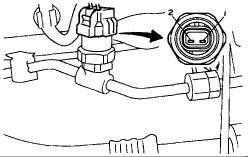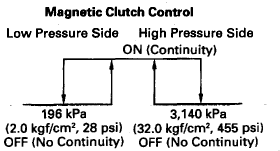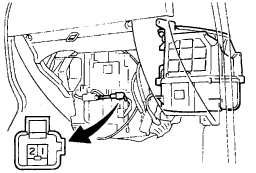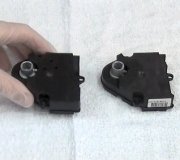Hello
If I understand your question correctly: Your husband services the AC and it works fine. When you drive it is cool for a while then gets warm. If I understand, then he releases what he has serviced and then it works again. So you are constantly putting R134a in and then releasing it?
The AC should only be serviced to the specified Low and High pressures once. If it is leaking out you need to have that fixed.
If the system is over serviced you can damage the compressor and it has to be replaced. To little, the compressor will not operate.
You stated that the AC works and then go warm. Is this when you are sitting at a stop light and then starts to cool again when you drive or while you are driving it gets warm?
You may consider having the AC system checked. They can hook up the equipment and verify if you have a bad component.
I have attached a couple of checks you can perform.
This is the refrigerant pressure sensor/switch test

1. Connect manifold gauge set
2. Disconnect connector
3. Set vehicle in these conditions.
a. Running engine at 2,000 rpm
b. Blower speed control switch at HI
c. Temperature control lever MAX. COOL
d. A/C switch ON

4. Inspect pressure switch operation
a. Connect the positive (+) lead from the ohmmeter to terminal 1 and negative (-) lead to terminal 2.
b. Check continuity between terminals when refrigerant pressure is changed. If operation is not as specified, replace the pressure switch.
Inspection of the Thermistor

1. Remove glove compartment
2. Inspect thermistor resistance
a. Disconnect the connector.
b. Measure resistance between terminals. Standard resistance: 1,500 Ohms at 25 °C (77 °F) If resistance is not as specified, replace the thermistor.
My suggestion is have it tested with the proper AC equipment to prevent any damage to the compressor and components.
Friday, October 17th, 2008 AT 10:40 PM





